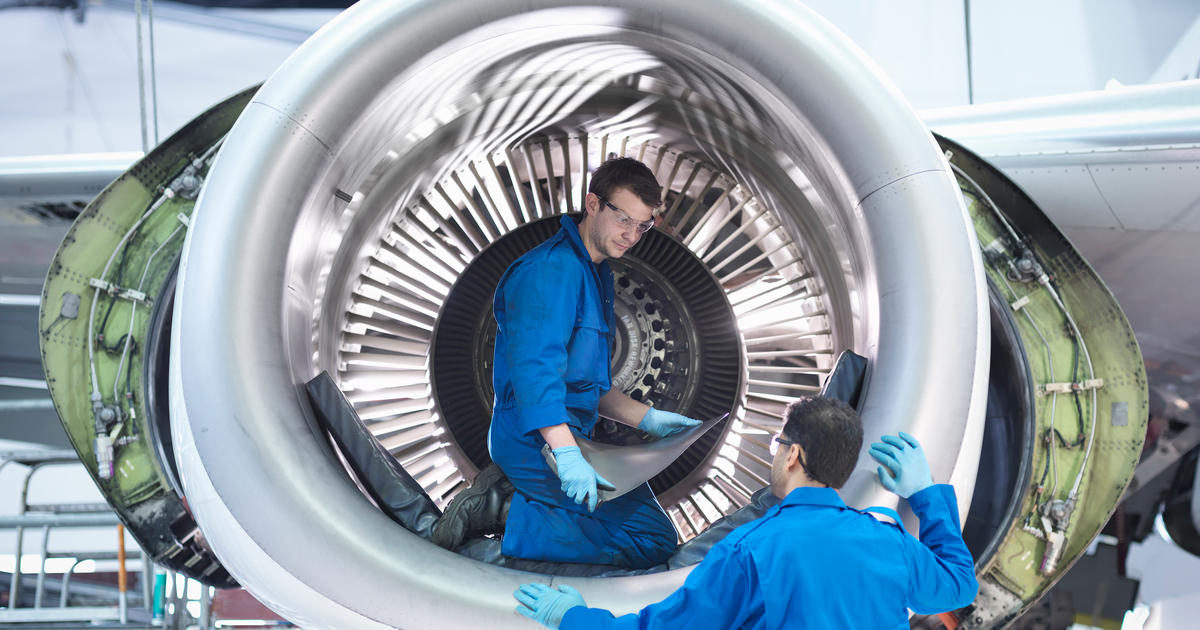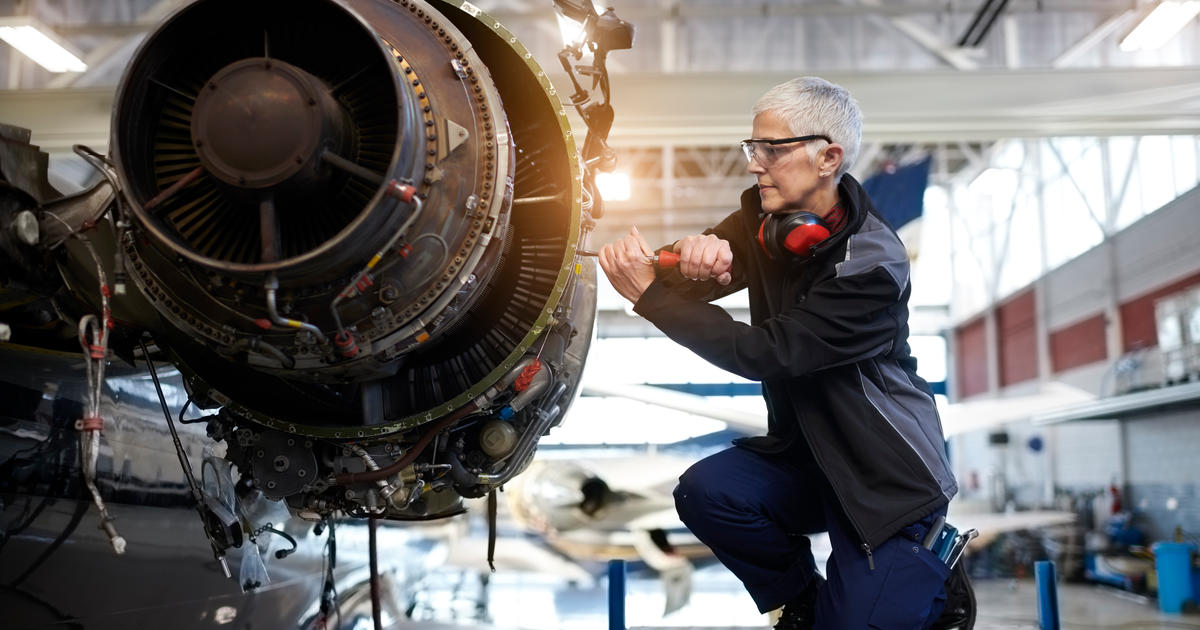The coronavirus pandemic has been a tough and testing time for the commercial aviation industry. As lockdowns begin to ease and international travel starts its comeback, airlines are beginning to consider how they can seize opportunities in the economic recovery – how to turn losses into lessons and move from responding to rebounding.
The massive impact on the airline industry is accelerating several existing industry trends and will drive significant business change in the coming years. Business models and practices must evolve, and aging IT systems will act as barriers to this transformation.
Here are three trends that we believe will result in digital transformation opportunities to accelerate airline recovery and create a competitive advantage as the industry rebounds.

1. Airlines groups come together in the face of adversity
As airlines take stock of the full impact the virus has had on their business, we will continue to see efforts to restructure and some will be thinking about teaming up with other airlines. We can expect to see more consolidation, in the form of acquisitions, joint ventures or equity purchases, in the coming months and years.
Although this comes with challenges, it can have many benefits for airlines both in the short and long term. Airlines might initially focus on increasing revenues and reducing operational costs, but as partnerships develop, common inventory pools as well as shared maintenance service capabilities can be leveraged. Digital collaboration is a critical ingredient and enabler to maximize benefits, which include support for multiple business entities, real-time business process integration and controlled workflow along with enterprise-class scalability, performance, security and ease of integration.
2. Impact of an aging workforce and impending “brain drain”
About a third of aircraft mechanics are at or near retirement age, and the average age is over fifty. A lot of the corporate knowledge that keeps an airline operating lies in the heads of these experienced individuals. As airlines quickly look to “right-size” based on lower operational levels, there will be an exodus of this critical knowledge. The younger workforce brings different technology expectations but will also require higher levels of automation, decision support and real-time controls to maintain productivity and quality levels.
This puts more emphasis on IT systems to manage knowledge and best practices so that they can be pushed to the frontline workers as required. There will also be an increased need for remote assistance capabilities where pilots and mechanics will be supported in real-time by a centralized specialist using technologies such as augmented or mixed reality.

3. Operational and commercial complexities reach new heights
As if running an airline wasn’t complicated enough. As airlines adapt to a new and evolving way of flying, the industry promises to be even more dynamic than it has ever been. Short-term challenges such as aircraft retirement, lease returns, cabin class reconfiguration and managing maintenance capacity will place a burden on staff while they work to evolve the business, re-evaluate supply chains and deal with the lingering effects of the pandemic on route structures and capacity planning.
Again, technology will play an increasingly critical role in dealing with this complexity. Significant levels of automation and planning optimization will no longer be luxuries but a “must-have” to effectively manage the increased dynamics. Done properly, a digital strategy will build both agility and resilience into the airline business processes.
Opportunity at hand
Whether it’s a v-shaped or u-shaped recovery, airlines can expect a prolonged period that is not “business as usual” before we reach a new normal. In this period of low operational risk and impact, now is the time to introduce new technology as part of a digital transformation strategy that will enable a lower cost base with the agility to dial-up/dial-down operations in lockstep with market growth and new business opportunities.
Learn more about how IFS supports the Aerospace and Defense industry and read similar blogs here.
About the Authors
Michael Egan, Vice President, Commercial Aviation at IFS
For more than two decades, Michael Egan has been working with leading airlines around the world to transform their maintenance operations by embracing new technologies that optimize business processes. As the Vice President of Commercial Aviation at IFS, Mike works with existing and future IFS customers to identify opportunities, define digital strategies and implement transformational IT solutions.
Rajkumar Murugesan, Business Architect, IFS
Rajkumar Murugesan brings over 20 years of aviation after-market asset maintenance, supply chain and logistics domain experience. As Business Architect at IFS, Rajkumar focuses on MRO operations and large-scale business transformation and IT system integrations.
Do you have questions or comments?
We’d love to hear them so please leave us a message below.

Unknown
This post is very helpfull